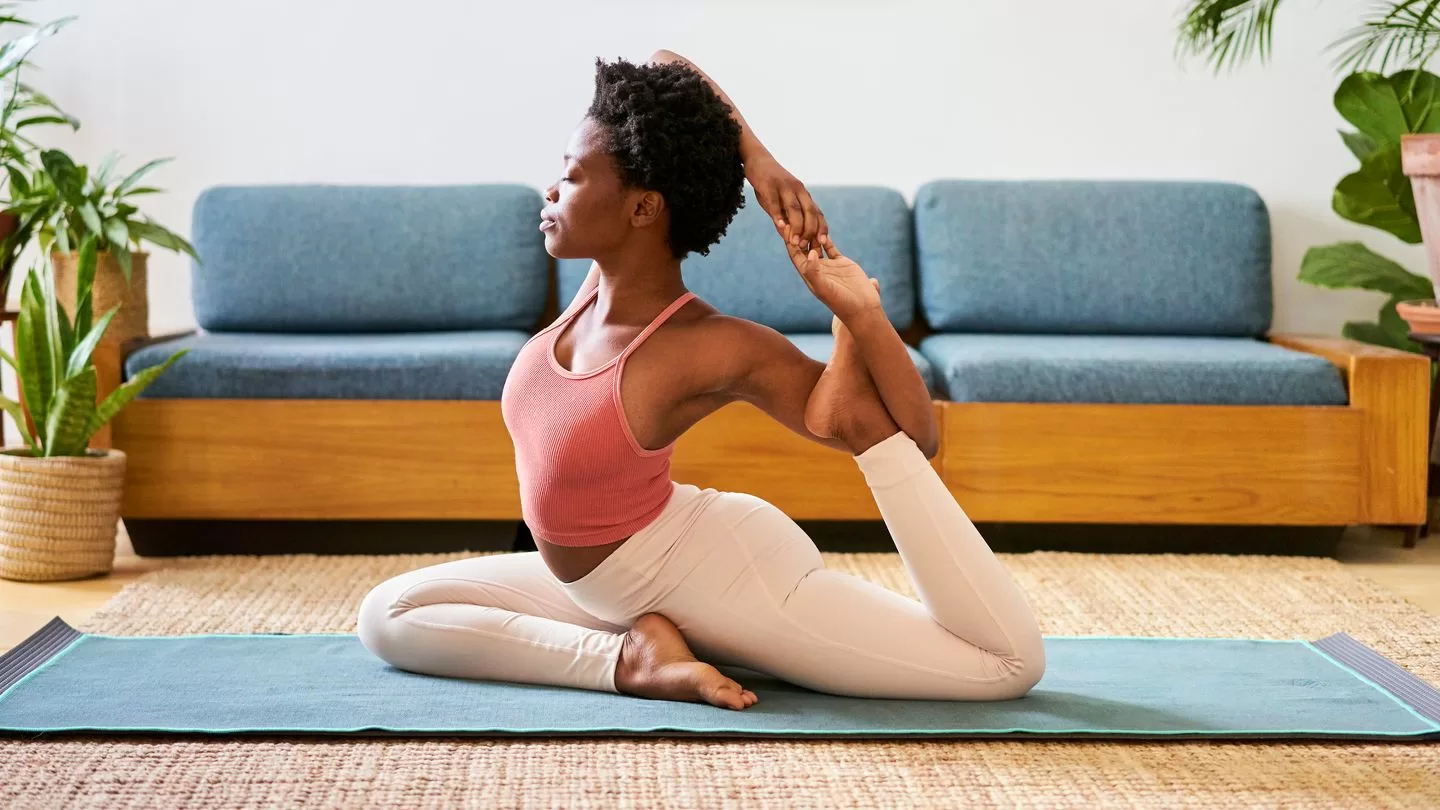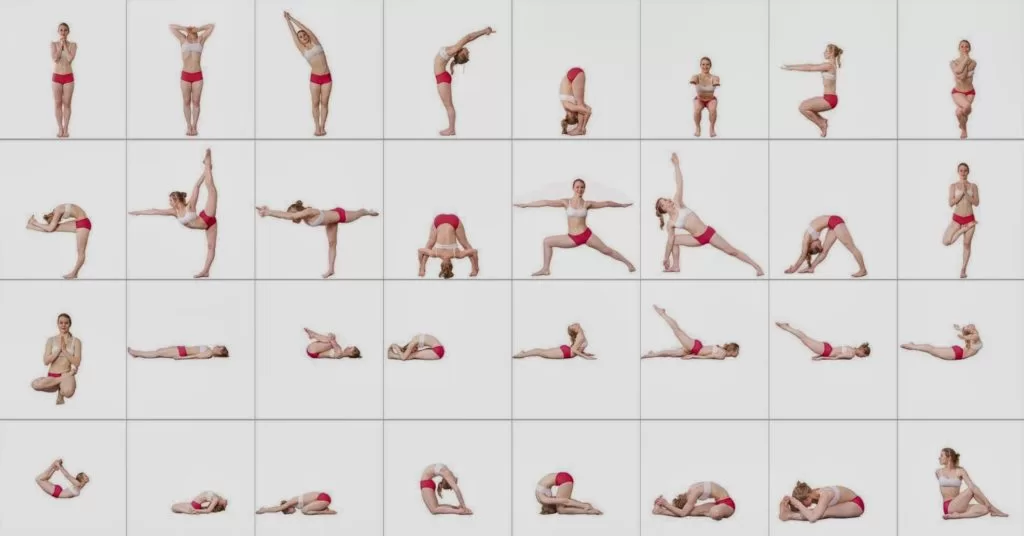
Can Hot Yoga Make You Sick?
Hot yoga, also known as Bikram yoga, has gained popularity in recent years due to its numerous health benefits. This form of yoga is performed in a hot and humid environment of about 105°F (40.6°C) and 40% humidity. The high temperature and humidity are believed to enhance the benefits of the poses and promote detoxification through sweating. However, as much as hot yoga has gained popularity, concerns have been raised about its safety, with some people claiming that it can make you sick.
So, can hot yoga make you sick? The answer is not straightforward. While hot yoga has many benefits, it also poses some risks, especially for people with certain health conditions. In this article, we will explore the potential risks of hot yoga, including heat exhaustion, dehydration, and other health concerns that may arise from practicing in a heated environment. We will also discuss the precautions that you can take to ensure a safe and enjoyable hot yoga experience.
Can Hot Yoga Make You Sick?
Hot yoga has been increasing in popularity over the years. It is a form of yoga where the room is heated to around 105°F with a humidity level of 40%. It is said to help with flexibility, weight loss, and detoxification. However, with the extreme heat and humidity, some people may wonder if hot yoga can make them sick. In this article, we will explore the potential risks of hot yoga and how to prevent getting sick.
Dehydration
One of the biggest risks of hot yoga is dehydration. When you practice in a hot room, you sweat more than usual, leading to a loss of fluids and electrolytes. This loss of fluids can lead to dehydration, which can cause symptoms like dizziness, nausea, and fatigue. To prevent dehydration, make sure to drink plenty of water before, during, and after your hot yoga session. It’s also a good idea to bring a water bottle with you to class.
Another way to prevent dehydration is to eat foods that are high in water content, such as fruits and vegetables. You can also add electrolyte tablets to your water to replenish the electrolytes lost through sweat.
Heat Exhaustion
Heat exhaustion is another potential risk of hot yoga. Symptoms of heat exhaustion include dizziness, nausea, headache, and weakness. In severe cases, it can lead to heat stroke, which is a medical emergency. To prevent heat exhaustion, make sure to stay hydrated and listen to your body. If you start to feel lightheaded or dizzy, take a break and cool down.
It’s also important to wear appropriate clothing for hot yoga. Choose lightweight, breathable fabrics that will allow your skin to breathe and wick away sweat. Avoid wearing heavy or tight clothing that can trap in heat.
Respiratory Issues
Practicing hot yoga in a room with poor air quality can also lead to respiratory issues. The heat and humidity can exacerbate conditions like asthma or allergies. To prevent respiratory issues, make sure to practice in a well-ventilated room with clean air. You can also use a breathing mask if you have respiratory issues.
Bacterial Infections
Hot yoga studios are warm and humid environments that can be breeding grounds for bacteria. In particular, hot and humid conditions can promote the growth of fungi and bacteria that can cause skin infections like ringworm and athlete’s foot. To prevent bacterial infections, make sure to practice good hygiene. Wash your hands before and after class, and bring your own mat and towels to avoid sharing with others.
Overexertion
Hot yoga can be intense, and it’s important to listen to your body and avoid overexertion. Pushing yourself too hard can lead to injuries like muscle strains and sprains. To prevent overexertion, start slowly and gradually build up your practice. Listen to your body and take breaks when you need to. Remember, yoga is not a competition, and it’s important to honor your own limitations.
Benefits of Hot Yoga
Despite the potential risks, hot yoga also has many benefits. The heat can help to increase flexibility and promote relaxation. The sweating can also help to detoxify the body and improve skin health. Hot yoga has also been shown to improve cardiovascular health and reduce stress.
Hot Yoga vs. Regular Yoga
Hot yoga and regular yoga differ in their approach to temperature and humidity. Regular yoga is typically practiced in a room that is at a comfortable temperature, while hot yoga is practiced in a room that is heated. Regular yoga focuses on alignment and breath, while hot yoga focuses on sweating and detoxification. Both types of yoga have their own benefits, and it’s up to the individual to decide which practice is best for them.
Conclusion
Hot yoga can be a great way to improve flexibility, lose weight, and detoxify the body. However, it’s important to be aware of the potential risks, such as dehydration, heat exhaustion, respiratory issues, bacterial infections, and overexertion. By taking the necessary precautions, such as staying hydrated, wearing appropriate clothing, practicing good hygiene, and listening to your body, you can safely enjoy the benefits of hot yoga.
Frequently Asked Questions
Hot yoga is a popular form of exercise that involves performing yoga poses in a heated room. While many people enjoy the benefits of hot yoga, others may wonder if it can make them sick. Here are some common questions and answers about hot yoga and its potential impact on your health.
Can hot yoga cause dehydration?
Hot yoga can cause dehydration if you don’t drink enough water before, during, and after your practice. When you sweat in a heated room, you lose fluids and electrolytes, which can lead to dehydration. To avoid this, make sure you drink plenty of water before your class and bring a water bottle with you to sip on during your practice. You may also want to consider drinking a sports drink that contains electrolytes to help replenish what you’ve lost through sweating.
If you experience symptoms of dehydration, such as dizziness, headache, or nausea, take a break and drink some water. You can also leave the room and sit in a cooler area until you feel better.
Can hot yoga lead to heat exhaustion?
Hot yoga can lead to heat exhaustion if you push yourself too hard or don’t take breaks when you need them. Heat exhaustion is a condition that occurs when your body overheats and can’t cool itself down. Symptoms may include heavy sweating, weakness, nausea, and dizziness. If you experience these symptoms, it’s important to take a break and drink some water.
To prevent heat exhaustion during hot yoga, make sure you listen to your body and take breaks when you need them. Don’t push yourself too hard, and if you start to feel lightheaded or dizzy, take a break and drink some water. You can also leave the room and sit in a cooler area until you feel better.
Can hot yoga cause respiratory problems?
Hot yoga can cause respiratory problems if you have a pre-existing condition such as asthma or chronic obstructive pulmonary disease (COPD). The heat and humidity of the room can make it difficult to breathe, especially if you’re doing vigorous exercise. If you have a respiratory condition, it’s important to talk to your doctor before trying hot yoga.
If you don’t have a respiratory condition but experience difficulty breathing during hot yoga, it’s important to take a break and sip on some water. You can also try practicing near a window or door to get some fresh air, or ask your teacher if they can lower the temperature of the room slightly.
Can hot yoga cause skin problems?
Hot yoga can cause skin problems if you have sensitive skin or are prone to acne. The heat and sweat of the room can cause irritation, rashes, or breakouts. To prevent skin problems, make sure you wear breathable and moisture-wicking clothing. You may also want to bring a clean towel to wipe away sweat during your practice.
If you do experience skin problems during hot yoga, make sure you clean your skin thoroughly after your practice. You can also talk to your doctor or dermatologist about any skin concerns you have.
Can hot yoga cause other health problems?
Hot yoga can cause other health problems if you push yourself too hard or don’t practice safely. Some potential risks include muscle strains, joint injuries, and heat stroke. To prevent these problems, make sure you listen to your body, take breaks when you need them, and don’t push yourself beyond your limits. It’s also important to practice with a qualified teacher who can guide you through the poses safely.
If you have any health concerns or medical conditions, it’s important to talk to your doctor before trying hot yoga. They can help you determine if it’s safe for you to practice and provide any necessary precautions or modifications.
Fox5 – What Hot Yoga is Doing To Your Skin – August 23, 2017
In summary, hot yoga is a popular form of exercise that has numerous health benefits, including increased flexibility, cardiovascular endurance, and stress reduction. However, it is important to recognize that there are potential risks associated with practicing hot yoga, including dehydration, heat exhaustion, and even illness.
To minimize the risk of getting sick from hot yoga, it is important to stay hydrated before, during, and after practice, take breaks as needed, and listen to your body. Additionally, it is recommended to consult with a healthcare provider before starting a hot yoga practice, especially if you have any pre-existing medical conditions. By taking these precautions, you can safely enjoy the benefits of hot yoga while minimizing the risk of getting sick.

